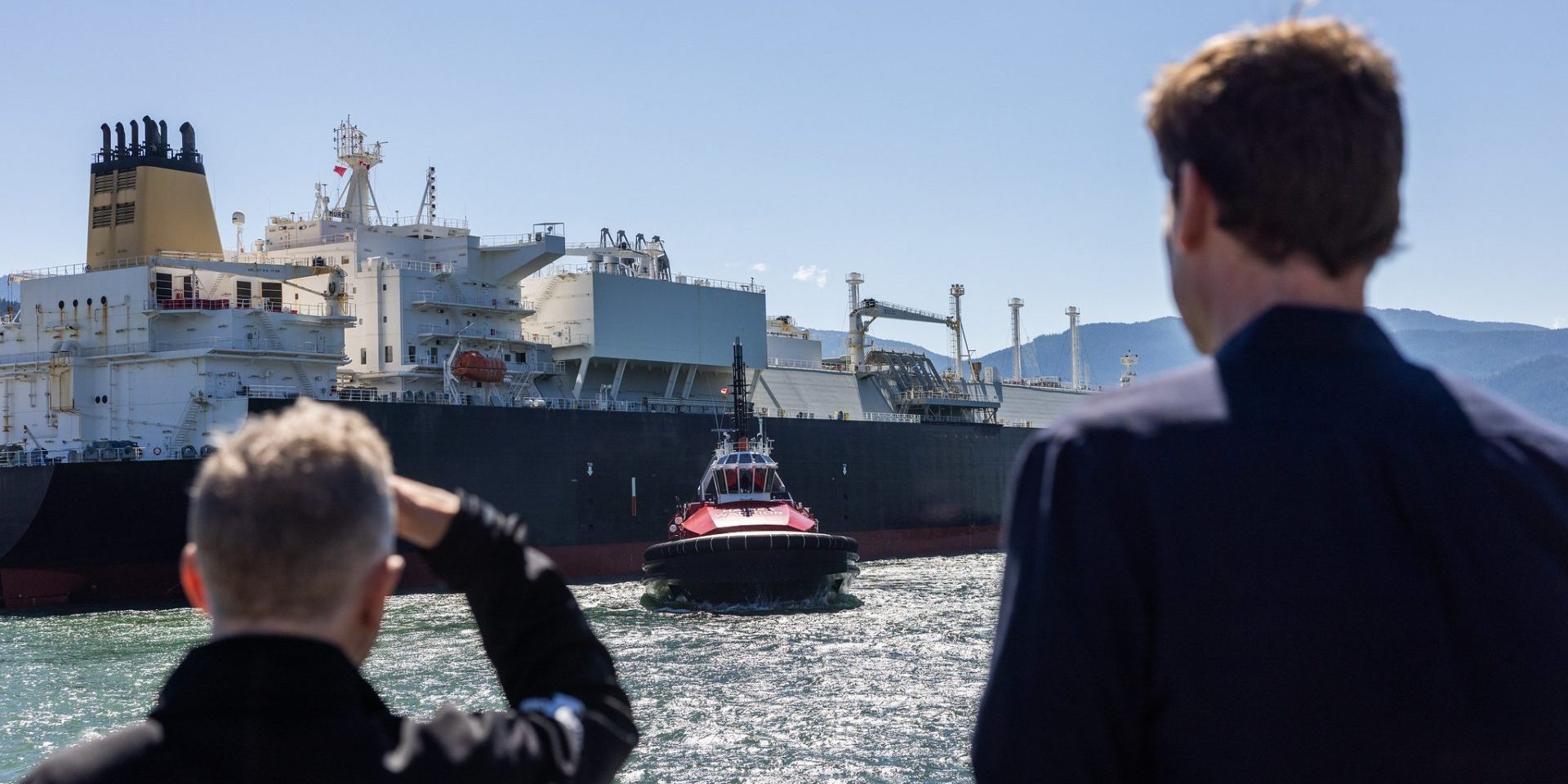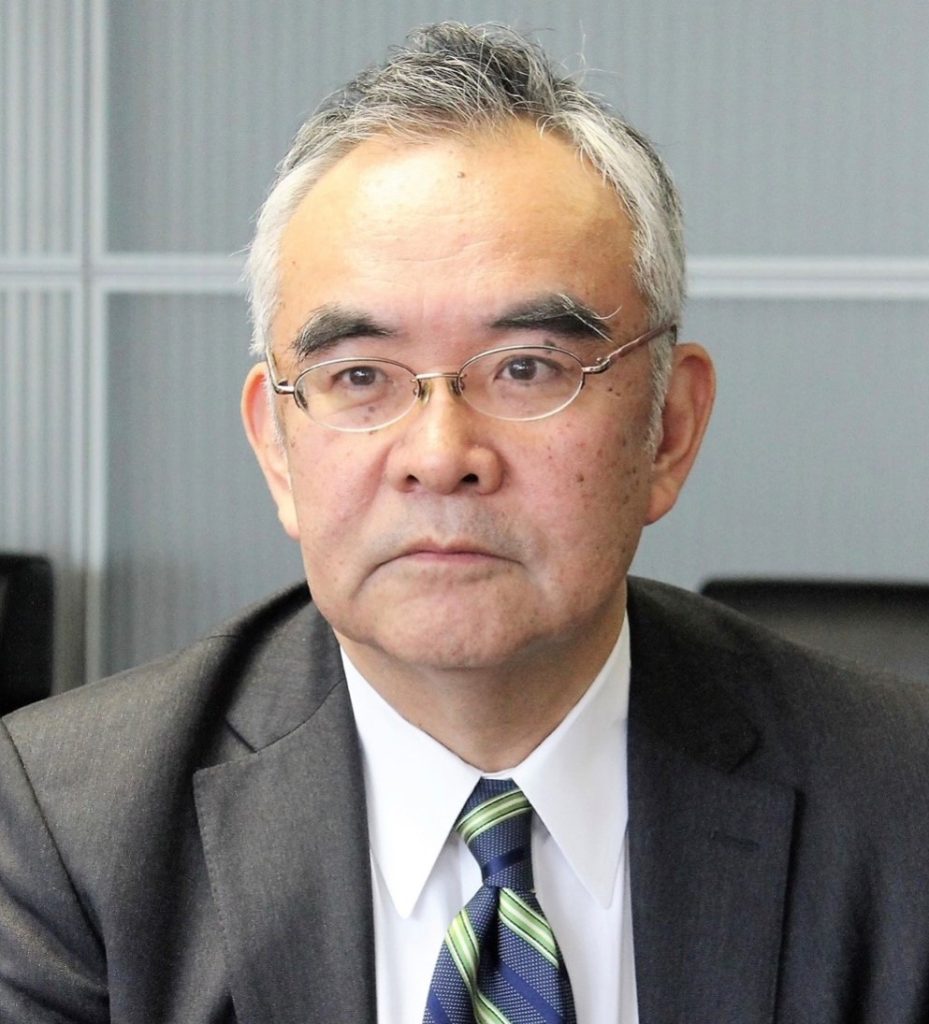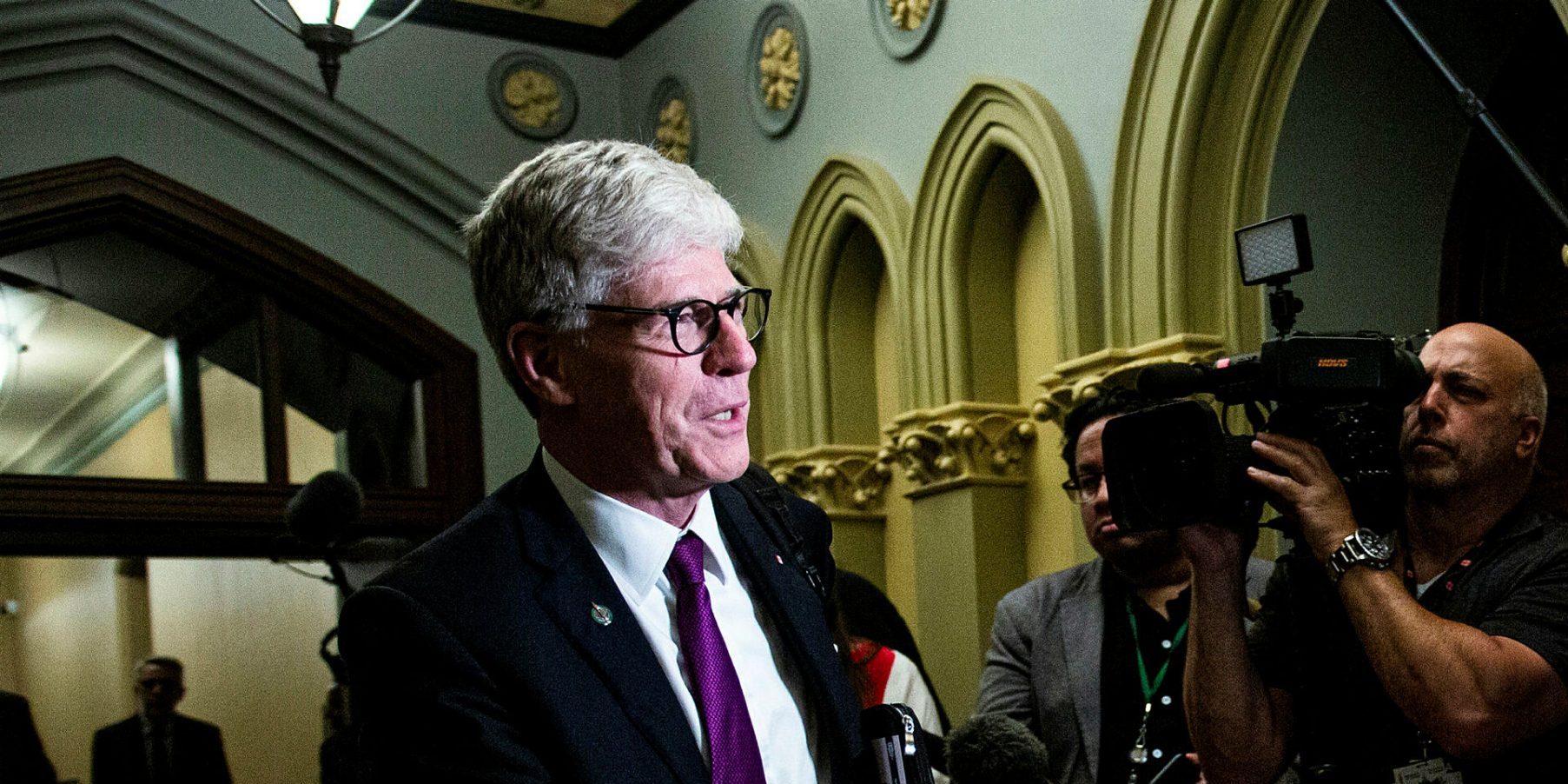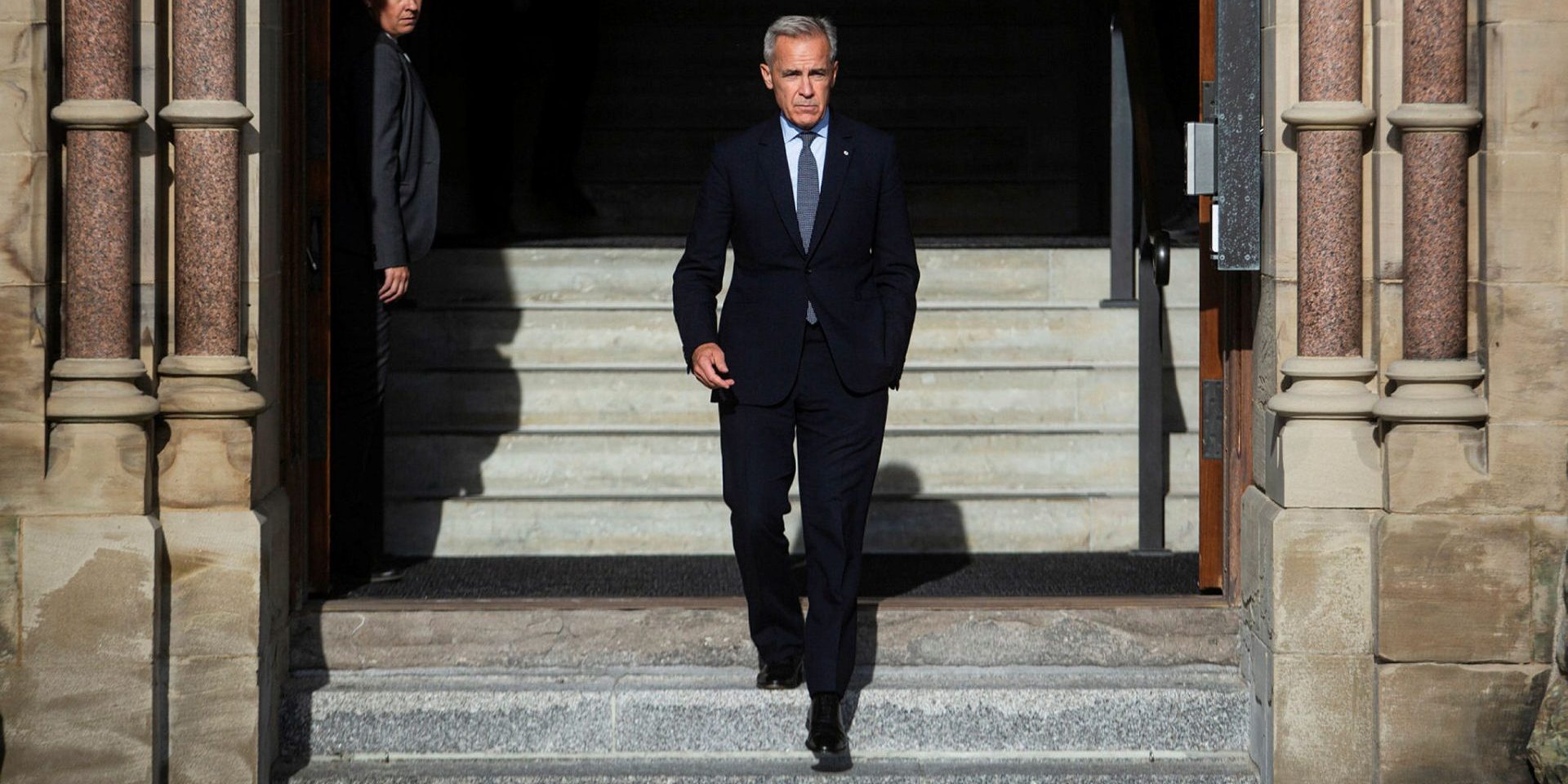LNG project marks the moment to fulfill Canadian potential

It is still fresh in our memory that G7 leaders gathered in Kananaskis, Alta., to hold candid discussions on the state of international affairs this past June. The summit vividly reflected the harsh geopolitical realities of the 21st century, including in Ukraine and the Middle East. One of the most important issues discussed there was economic security, especially energy security. Energy is directly linked to the survival of a country. At the same time, with global warming accelerating, it is extremely important from the perspective of achieving net zero by 2050.
Meanwhile, LNG Canada has finally begun exporting liquefied natural gas to Asia-Pacific countries, including Japan. This marks the beginning of Canada’s enormous potential becoming apparent as it will also become a reliable new supplier for Asia-Pacific countries.

LNG Canada is an international consortium of five companies: Shell, Petronas, Mitsubishi Corporation, PetroChina, and Korea Gas. After detailed and careful preparations, the final investment decision was made in October 2018. This is an ambitious, $40-billion project with an annual production capacity of 14 million tonnes that will transport natural gas produced in the Montney region of eastern British Columbia via pipeline to Kitimat on the Pacific coast, approximately 700 km away. At the ceremony marking the start of construction, then-prime minister Justin Trudeau proudly announced that the project was the largest private investment project in Canadian history, but it required further consultations with stakeholders. For example, LNG Canada made steady efforts to gain the understanding and support of Indigenous communities. Through 12,000 individual meetings, it was illustrated how LNG Canada would contribute to global decarbonization while also leading to local economic development. Furthermore the company faced a series of problems, such as the COVID-19 pandemic, labour shortages, and supply chain disruptions, but it overcame these challenges and got its business on right track.
While Canada is the world’s fifth largest natural gas producer, domestic demand accounts for half of that, with the other half exported. However exports were previously limited to the United States. The reason is simple: there was a critical lack of infrastructure. But now, LNG Canada has blazed a new trail. This could be considered a historic event that will lead to Canada being a future energy superpower.
This all comes as attention is focused on Canada’s relationship with the U.S. under the second term of President Donald Trump. Given that approximately 80 per cent of Canada’s exports go to the U.S., the Carney government has begun to seriously promote trade diversification. The One Canadian Economy Act—which received royal assent shortly after Parliament returned in the spring—is significant. Frankly, while business people highly value Canada’s potential, they also would like to see improvement in the following areas to expand business, trade, and investment in Canada: 1) infrastructure development; 2) regulatory reforms and streamlining of processes; 3) clear guidance for consultations with stakeholders, including Indigenous Peoples and local communities; and 4) robust co-ordination and co-operation between the federal government and provinces, or between provinces. The Act can be seen as determination to address these challenges.
Recently, Prime Minister Mark Carney announced five national projects as the first phase of the One Canadian Economy Act. LNG Canada’s expansion plans are one of those. This will double the current capacity from 14 million tonnes to 28 million tonnes, making it the second largest LNG terminal in the world when realized. And then, beyond that, Alberta comes into sight. The province produces about 70 per cent of Canada’s natural gas and has advantages in new energy sources such as hydrogen and ammonia, attracting attention from both Asian and European countries. This is a golden opportunity to simultaneously achieve energy security, climate change countermeasures, and trade diversification.
Now is the time for Canada to overcome the four challenges mentioned above, and realize its potential. I look forward to this with big anticipation.
Kanji Yamanouchi is the ambassador of Japan to Canada.
The Hill Times





 LICENSING
LICENSING PODCAST
PODCAST ALERTS
ALERTS


